Adding a Splash of Colour to Your Garden
If your garden is looking a little dull, here are some great tips that will really stimulate your senses. Adding colour to your garden creates a
visual oasis that separates one’s thoughts from everyday stresses. If you want to see colour on a lavish scale, there is a smorgasbord of bedding plants available including mixing new varieties with old favourites.
Bedding displays have been popular since the Victorian era, when striking colours and intricate patterns became a fashionable part of high-style horticulture. With a contemporary layout and the right components, you can achieve an overriding sense of colour, scents and fun in your garden.
One of the challenges in creating mass displays is avoiding repetition therefor it is recommended to use common plants in uncommon ways. Dusty Miller (Centaurea cineraria) is as oldie but goodie, and can be grown as a column for a unique visual effect.
Planting Cineraria (Pericallis) at the base of the column can really set it off visually. Cineraria (Pericallis), a very familiar plant, can take on a life of its own when mass-planted.
Ornamental cabbages (Ornamental Cabbage – Brassica oleracea) are a fantastic as a form of display as they are beautifully detailed and also edible. When you are using plants like these ornamental cabbages, one of the things to avoid is the ‘hundreds and thousands’ effect. By separating colours into distinct bands and mass-planting them, you can really heighten the difference between the diverse varieties.
Nemesia is a stunning flower which comes in a variety of colours and only requires free drainage and a frost-free climate to grow. This plant is great for bringing bees to the garden, but is unfortunately not used very often.
Scent is also an important factor to consider when decorating your garden, every individual gardener will have their own preference, but the Matthiola often cultivated for its heavy scent and variety of colours.
Your garden is like a blank canvas waiting for you to add the colour, all you need to do is decide what colours you want and where to display them. For a smooth and subtle effect, you could combine pastels with other plants that have strong primary colours.
The next step is adding features to your garden, for example, a large ornamental cask that can be planted with Violas giving the impression that it is full to the brim with paint and is spilling over. Adding features does not have to be expensive, you can use old wheelbarrows, tyres, pallets, basically anything you can imagine.
It’s not just annual flowers that can generate a great effect in a bedding display, you can also include many different perennials. It’s imperative to know your garden’s microclimate. Primulas (Poison Primrose – Primula obconica) tend to last longer if they get less than six hours of sunshine.
By contrast, another bed might be warm, sunny and dry which is a perfect place to grow succulents, for example, Kalanchoe which is very rarely grown as a bedding plant, but great to work with as it is very enduring and needs very little water or care. At the end of their display, you can break off individual leaves and propagate them in potting mix to grow new plants.
Happy planning and planting! And remember, if you need any help in designing, planting or maintaining your garden, call your local Jim’s Mowing team on 0800 454 654 or book online for a free quote! We’d be happy to help.
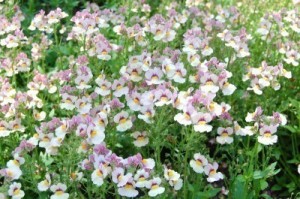
Nemesia
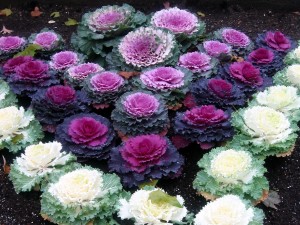
Ornamental Cabbages
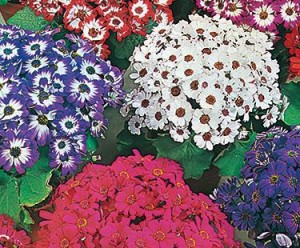
Cineraria
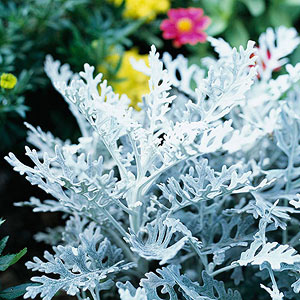
Dusty Miller

Matthiola Incana
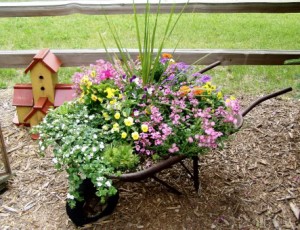
Wheelbarrow Planter Box
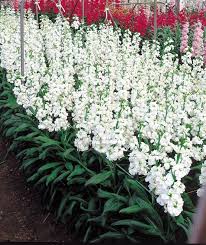
Matthiola Regal White
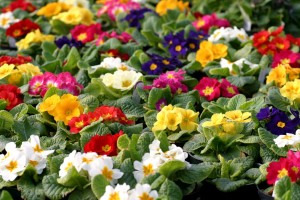
Primulas
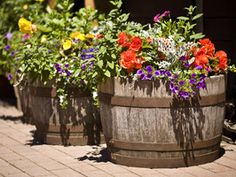
Violas planted in Cask

Kalanchoe succulents
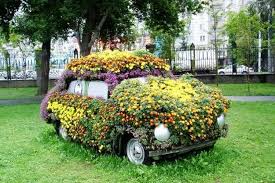
Flower covered car


